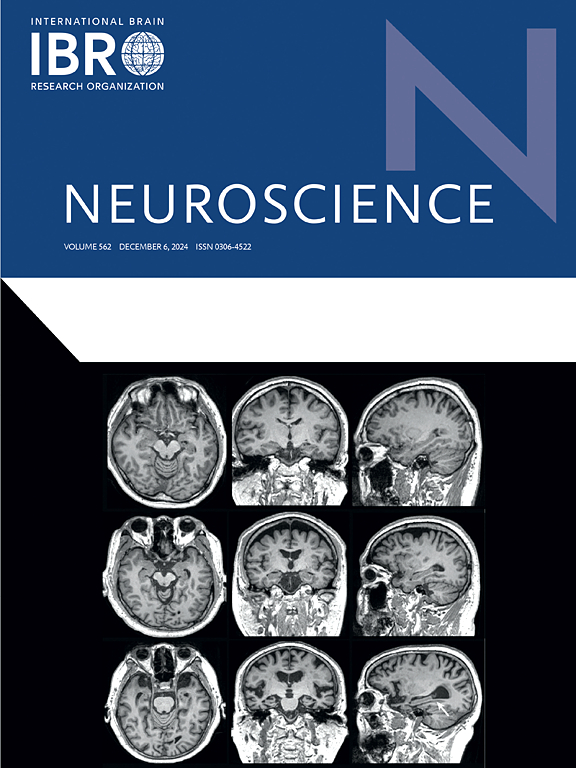Effects of dual-target repetitive transcranial magnetic stimulation in patients with minimally conscious state: A preliminary study
IF 2.9
3区 医学
Q2 NEUROSCIENCES
引用次数: 0
Abstract
Repetitive transcranial magnetic stimulation (rTMS) is a promising neuromodulation therapy that facilitates recovery in patients with prolonged disorders of consciousness (pDOC). This study aimed to evaluate the efficacy of dual-target rTMS in treating patients with minimally conscious state (MCS). A total of 20 MCS patients were recruited and randomly assigned to either the real or sham stimulation group. Participants received 10 Hz rTMS targeting the left prefrontal and parietal cortices for 10 consecutive days. The Coma Recovery Scale-Revised (CRS-R) and resting-state EEG were recorded, with relative power spectral density and coherence subsequently computed. Additionally, behavioral assessments were conducted over a six-month follow-up period. Our findings indicate that 10 Hz dual-target rTMS enhances brain oscillatory activity in the frontal, central, and parietal lobes. Specifically, the treatment resulted in a reduction in delta-band activity and an increase in alpha-band activity in the frontal lobes, as well as an elevation in alpha-band power in the central and parietal region. In contrast, no significant changes were observed in the sham stimulation group. Meanwhile, in the real stimulation group, long-distance coherence (F3-P4) exhibited increased in alpha-band. These findings suggest that enhanced oscillatory activity and EEG functional connectivity may underlie the modulatory effects of dual-target rTMS. Additionally, a combined prefrontal and parietal cortex approach is another viable option in rTMS protocols for patients with pDOC.

双靶点重复经颅磁刺激对最低意识状态患者影响的初步研究。
重复经颅磁刺激(rTMS)是一种很有前途的神经调节疗法,有助于延长意识障碍(pDOC)患者的康复。本研究旨在评价双靶点rTMS治疗最低意识状态(MCS)患者的疗效。共招募了20名MCS患者,并随机分配到真实或虚假刺激组。参与者连续10天接受针对左侧前额叶和顶叶皮层的10 Hz rTMS。记录昏迷恢复量表修正(CRS-R)和静息状态脑电图,计算相对功率谱密度和相干性。此外,在六个月的随访期间进行了行为评估。我们的研究结果表明,10 Hz双靶rTMS增强了大脑额叶、中央和顶叶的振荡活动。具体来说,治疗导致额叶和顶叶的δ带活性降低,α带活性增加,以及中央区域α带功率的升高。相比之下,假刺激组未见明显变化。同时,在真实刺激组中,长距离相干性(F3-P4和F4-P3)分别表现出增加的θ带和α带相干性。这些发现表明,增强的振荡活动和脑电图功能连通性可能是双靶rTMS调节作用的基础。此外,前额叶和顶叶皮质联合入路是治疗pDOC患者的rTMS方案中另一个可行的选择。
本文章由计算机程序翻译,如有差异,请以英文原文为准。
求助全文
约1分钟内获得全文
求助全文
来源期刊

Neuroscience
医学-神经科学
CiteScore
6.20
自引率
0.00%
发文量
394
审稿时长
52 days
期刊介绍:
Neuroscience publishes papers describing the results of original research on any aspect of the scientific study of the nervous system. Any paper, however short, will be considered for publication provided that it reports significant, new and carefully confirmed findings with full experimental details.
 求助内容:
求助内容: 应助结果提醒方式:
应助结果提醒方式:


